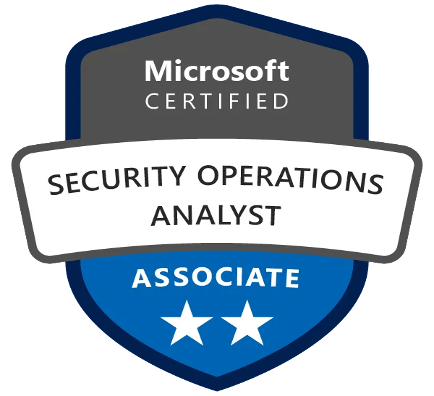Embrace Zero Trust: Securing Your Digital Perimeter
- Swati Tiwari
- Feb 7
- 3 min read
In today’s digital world, where many employees work remotely and data is stored in the cloud, traditional security methods no longer work. Zero Trust Architecture (ZTA) is a new security model that helps to protect your data and systems by assuming that no one, whether inside or outside the company, can be trusted without verification.
What is Zero Trust?
Zero Trust is based on the idea of “never trust, always verify.” This means that every time someone (or something) tries to access your systems, they need to prove they’re allowed to do so, no matter where they’re located.

Key Principles of Zero Trust
Least Privilege: Give people access only to the information or systems they need for their job. This reduces the risk of unauthorized access.
Continuous Verification: Always check if users and devices are still safe to access the network, even after initial verification.
Micro-Segmentation: Break your network into smaller sections to limit the spread of threats in case of a breach.
Data Protection: Ensure that sensitive data is protected, no matter where it’s stored or who is accessing it.
Benefits of Zero Trust
Better Security: It assumes that a breach might already have happened, so it actively works to stop attacks before they cause damage.
Increased Visibility: You can track who is accessing your systems and what they’re doing, helping to spot problems early.
Remote Access: Employees working from home can access company resources safely, without security risks.
Fewer Data Breaches: By controlling access carefully, Zero Trust limits the chance of a breach spreading across your system.
How to Implement Zero Trust
Assess Your Risks: Identify which systems and data are most important and need the highest level of protection.
Create a Strategy: Develop clear rules for who can access what, how they are verified, and how their actions are monitored.
Use the Right Tools: Set up Identity and Access Management (IAM), Software-Defined Perimeter (SDP), and Data Loss Prevention (DLP) tools to enforce security.
Monitor Regularly: Continuously check and adjust your security measures as threats change.
Implementation of ZTNA:
Identity Verification:
Before accessing the company’s internal resources, employees must authenticate using multi-factor authentication (MFA) through their identity provider (e.g., Okta, Azure AD).
The ZTNA solution validates the user’s identity, role, and security posture of the device.
Device Compliance:
The employee’s laptop is checked for compliance (e.g., updated antivirus, encryption enabled, OS patch level).
If the device fails to meet security requirements, access is denied or limited to non-sensitive resources.
Least Privilege Access:
The ZTNA solution ensures that the employee can access only the resources they need, such as the company’s internal Git repository or CRM system.
Unnecessary access to other parts of the network is blocked by design.
End-to-End Encryption:
All communication between the employee’s device and the company’s resources is encrypted to prevent interception.
Dynamic Risk Assessment:
If the employee tries to log in from an unusual location (e.g., a foreign country), ZTNA prompts additional verification or temporarily blocks access until verified by IT.
Granular Application Access:
The employee accesses applications through a ZTNA portal, which provides secure, direct access to specific resources without exposing the broader network.
Ready to Embrace Zero Trust?
Evaluate Your Security: Review your current security and find areas that need improvement.
Design Your Strategy: Create a Zero Trust plan tailored to your company’s needs.
Choose the Right Tools: Select the right security tools to support your Zero Trust framework.
Keep Monitoring: Regularly check and update your security to stay ahead of potential threats.
Zero Trust is essential for protecting your organization’s data in a world where work is remote, and systems are spread out. Implementing Zero Trust ensures your digital environment stays secure, no matter where or how your people access it.
References:




Comments